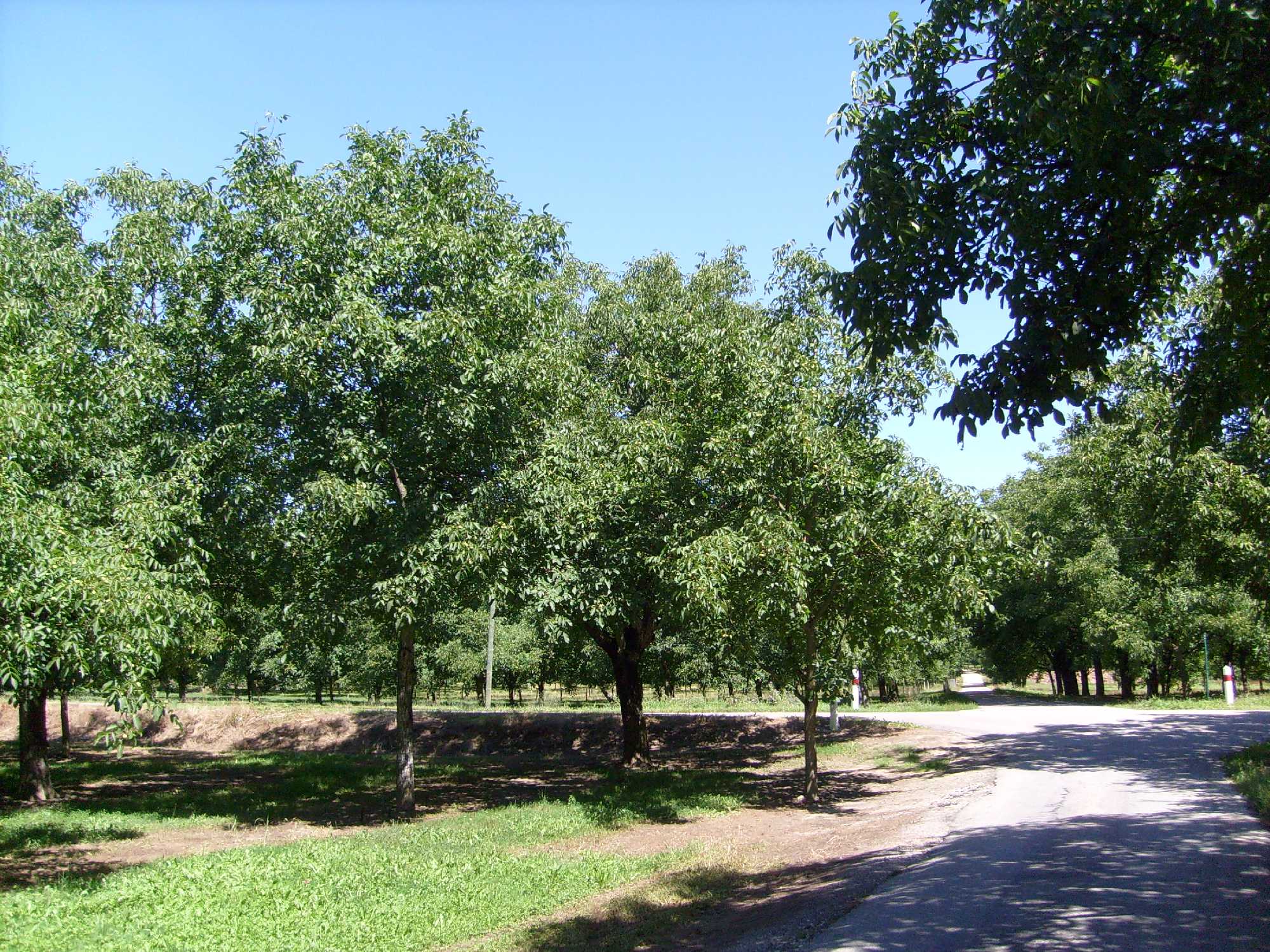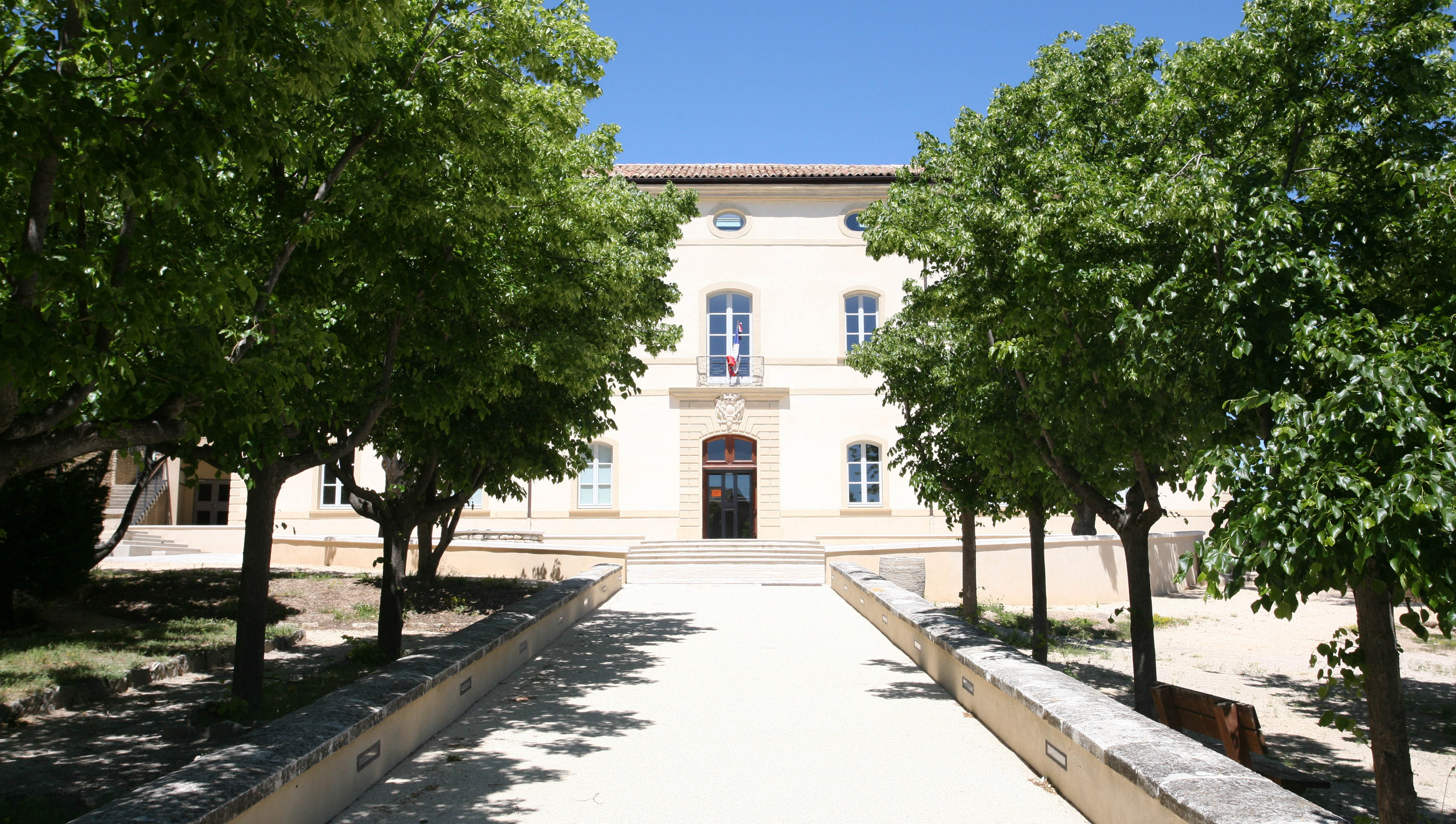|
L'Albenc
L'Albenc () is a commune in the Isère department in the Auvergne-Rhône-Alpes region of southeastern France. The inhabitants of the commune are known as ''Albinois'', or ''Albinoises'' Geography The commune lies in a straight line some 25 kilometres west by north-west of Grenoble, 20 kilometres south-west of Voiron and 40 kilometres northeast of Romans-sur-Isere in the lower Gresivaudan valley. The highest point of the commune is at 437 metres overlooking the hamlets of ''Chapuisière'' and ''Pierre Brun''. The lowest point is on the banks of the Isère at 170 metres. The main peaks in the commune are the ''Malan'' (373 metres) just south of the town, Mount Larron (384 metres), and the ''Côte Belle'' peaking at 437 metres. The commune lies on the opposite side of the mountains from Grenoble so can not be reached directly from there. The A49 autoroute from Saint-Quentin-sur-Isère in the north-east passes south-west through the eastern part of the commune and continues towards ... [...More Info...] [...Related Items...] OR: [Wikipedia] [Google] [Baidu] |
Château De L'Alba
The Château de l'Alba is a 15th-century castle, remodelled as a ''château'' in the 18th century, located in the ''Communes of France, commune'' of L'Albenc in the Isère ''Departments of France, département'' of France. The ''château'' is closed to the public. It was partially listed as a ''monument historique'' in 1978. See also *List of castles in France References External links * Châteaux in Isère Monuments historiques of Isère {{France-castle-stub ... [...More Info...] [...Related Items...] OR: [Wikipedia] [Google] [Baidu] |
Communes Of France
The () is a level of administrative division in the French Republic. French are analogous to civil townships and incorporated municipalities in the United States and Canada, ' in Germany, ' in Italy, or ' in Spain. The United Kingdom's equivalent are civil parishes, although some areas, particularly urban areas, are unparished. are based on historical geographic communities or villages and are vested with significant powers to manage the populations and land of the geographic area covered. The are the fourth-level administrative divisions of France. vary widely in size and area, from large sprawling cities with millions of inhabitants like Paris, to small hamlets with only a handful of inhabitants. typically are based on pre-existing villages and facilitate local governance. All have names, but not all named geographic areas or groups of people residing together are ( or ), the difference residing in the lack of administrative powers. Except for the municipal arrondi ... [...More Info...] [...Related Items...] OR: [Wikipedia] [Google] [Baidu] |
Gordes
Gordes (; oc, Gòrda) is a commune in the Vaucluse département in the Provence-Alpes-Côte d'Azur region in southeastern France. The residents are known as ''Gordiens.'' The nearest big city is Avignon; smaller cities nearby include Cavaillon, L'Isle-sur-la-Sorgue and Apt. Geography The territory of Gordes occupies some of " Les Monts de Vaucluse", a group of mountains and hills, part in the valley of the Calavon (a local river) also called the "Luberon Valley". Neighboring communes Neighboring villages are Venasque and Murs to the north, Joucas and Roussillon to the east, Goult, Saint-Pantaléon (Vaucluse), Saint-Pantaléon, Beaumettes and Oppède to the south and Cabrières-d'Avignon and Saumane-de-Vaucluse to the west. Topography Located between two geographic area, Gordes is one of the biggest Communes of France, communes of the area with 4,804 hectares. The north is defined by the southern edge of the Vaucluse Mountains. The highest point of the commune (635 meters ... [...More Info...] [...Related Items...] OR: [Wikipedia] [Google] [Baidu] |
Gold Florins
The Florentine florin was a gold coin struck from 1252 to 1533 with no significant change in its design or metal content standard during that time. It had 54 grains (3.499 grams, 0.113 troy ounce) of nominally pure or 'fine' gold with a purchasing power difficult to estimate (and variable) but ranging according to social grouping and perspective from approximately 140 to 1,000 modern US dollars. The name of the coin comes from the ''Giglio bottonato'' ( it), the floral emblem of the city, which is represented at the head of the coin. History The ''fiorino d'oro'' (gold florin) was used in the Republic of Florence and was the first European gold coin struck in sufficient quantities since the 7th century to play a significant commercial role. The florin was recognized across large parts of Europe. The territorial usage of the '' lira'' and the florin often overlapped, where the lira was used for smaller transactions (wages, food purchases), the florin was for larger transactions ... [...More Info...] [...Related Items...] OR: [Wikipedia] [Google] [Baidu] |
Union Of Democrats And Independents
The Union of Democrats and Independents (french: Union des démocrates et indépendants, UDI) is a Centrism, centre to Centre-right politics, centre-right list of political parties in France, political party in France and former Electoral alliance, electoral alliance founded on 18 September 2012 on the basis of the parliamentary group of the same name in the National Assembly (France), National Assembly. The party was composed of separate political parties who retained their independence, but always in coalition with the biggest right wing party The Republicans (France), The Republicans. As most of them have been expelled or have left, the Democratic European Force is the last founding party to participate in the UDI. The party's current president is Jean-Christophe Lagarde, who was elected at the congress of the party on 15 November 2014, after the resignation of Jean-Louis Borloo on 6 April 2014 for health reasons. History On 9 October 2012, the leaderships of the parties making ... [...More Info...] [...Related Items...] OR: [Wikipedia] [Google] [Baidu] |
Independent (politician)
An independent or non-partisan politician is a politician not affiliated with any political party or bureaucratic association. There are numerous reasons why someone may stand for office as an independent. Some politicians have political views that do not align with the platforms of any political party, and therefore choose not to affiliate with them. Some independent politicians may be associated with a party, perhaps as former members of it, or else have views that align with it, but choose not to stand in its name, or are unable to do so because the party in question has selected another candidate. Others may belong to or support a political party at the national level but believe they should not formally represent it (and thus be subject to its policies) at another level. In running for public office, independents sometimes choose to form a party or alliance with other independents, and may formally register their party or alliance. Even where the word "independent" is used, s ... [...More Info...] [...Related Items...] OR: [Wikipedia] [Google] [Baidu] |
Occitan Language
Occitan (; oc, occitan, link=no ), also known as ''lenga d'òc'' (; french: langue d'oc) by its native speakers, and sometimes also referred to as ''Provençal'', is a Romance languages, Romance language spoken in Southern France, Monaco, Italy's Occitan Valleys, as well as Spain's Val d'Aran; collectively, these regions are sometimes referred to as Occitania, Occitània. It is also spoken in Calabria (Southern Italy) in a linguistic enclave of Cosenza area (mostly Guardia Piemontese). Some include Catalan language, Catalan in Occitan, as the Linguistic distance, distance between this language and some Occitan dialects (such as the Gascon language) is similar to the distance between different Occitan dialects. Catalan was considered a dialect of Occitan until the end of the 19th century and still today remains its closest relative. Occitan is an official language of Catalonia, where a subdialect of Gascon known as Aranese dialect, Aranese is spoken in the Val d'Aran. Since Sept ... [...More Info...] [...Related Items...] OR: [Wikipedia] [Google] [Baidu] |
Ligurian Language (ancient)
The Ligurian language was spoken in pre-Roman times and into the Roman era by an ancient people of north-western Italy and current south-eastern France known as the Ligures. Very little is known about ancient Ligurian; the lack of inscriptions and the unknown origin of the Ligurian people prevent its certain linguistic classification as a Pre-Indo-European or an Indo-European language. The linguistic hypotheses are mainly based on toponymy and onomastics. Ancient sources Strabo indicates that the Ligurians were different from the Celts: Because of the strong Celtic influences on the language and culture, the Ligurians were known in antiquity as ''Celto-Ligurians'' (in Greek ''Keltolígues'') in some other sources. Herodotus wrote that '' sigunnai'' meant 'hucksters, peddlers' among the Ligurians who lived above Massilia. Ligurian as a Pre-Indo-European language Scholars, such as Ernst Gamillscheg, Pia Laviosa Zambotti and Yakov Malkiel, posit that ancient Ligurian was a ... [...More Info...] [...Related Items...] OR: [Wikipedia] [Google] [Baidu] |
Celtic Languages
The Celtic languages ( usually , but sometimes ) are a group of related languages descended from Proto-Celtic. They form a branch of the Indo-European language family. The term "Celtic" was first used to describe this language group by Edward Lhuyd in 1707, following Paul-Yves Pezron, who made the explicit link between the Celts described by classical writers and the Welsh and Breton languages. During the 1st millennium BC, Celtic languages were spoken across much of Europe and central Anatolia. Today, they are restricted to the northwestern fringe of Europe and a few diaspora communities. There are six living languages: the four continuously living languages Breton, Irish, Scottish Gaelic and Welsh, and the two revived languages Cornish and Manx. All are minority languages in their respective countries, though there are continuing efforts at revitalisation. Welsh is an official language in Wales and Irish is an official language of Ireland and of the European Union. Welsh ... [...More Info...] [...Related Items...] OR: [Wikipedia] [Google] [Baidu] |
Vatilieu
Vatilieu () is a Communes of France, commune in the Isère Departments of France, department in southeastern France. Population See also *Communes of the Isère department References Communes of Isère Isère communes articles needing translation from French Wikipedia {{Isère-geo-stub ... [...More Info...] [...Related Items...] OR: [Wikipedia] [Google] [Baidu] |
Notre-Dame-de-l'Osier
Notre-Dame-de-l'Osier is a commune in the Isère department in southeastern France. It is famous for being the location of a Marian apparition that took place in 1657. A church was built on the site of the apparition and completed in 1858. It became a Basilica following a decree by Pope Pius XI on 9 September 1924. Pilgrimages to the apparition site were very popular during the 19th century and the first half of the 20th century but declined in the past decades. A house of the Missionary Oblates of Mary Immaculate was established in the commune in 1834 and ceased activity in 1997. Up to 11 hotels were active in the town, welcoming pilgrims and tourists, but the last one closed down in 2001, the pilgrimage attracting less and less crowds. Notre-Dame-de-l'Osier was a part of the neighboring commune of Vinay until it became an independent commune on 4 September 1869. Population See also *Communes of the Isère department The following is a list of the 512 Communes of France ... [...More Info...] [...Related Items...] OR: [Wikipedia] [Google] [Baidu] |




